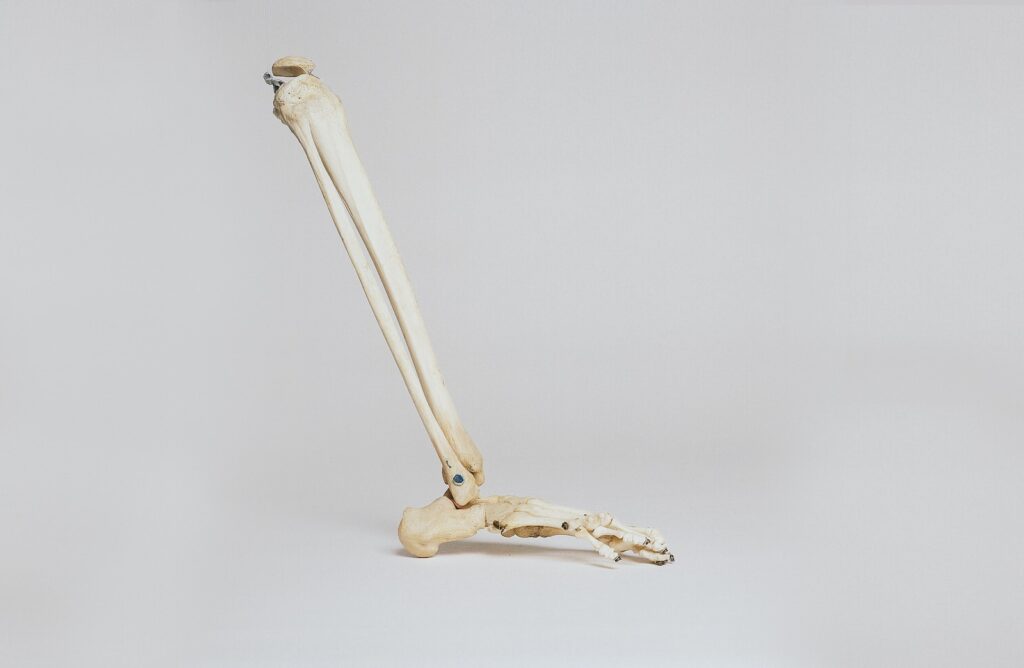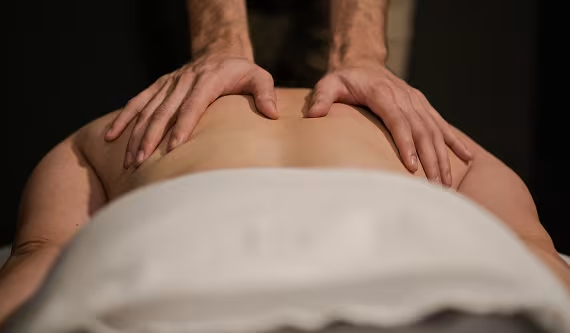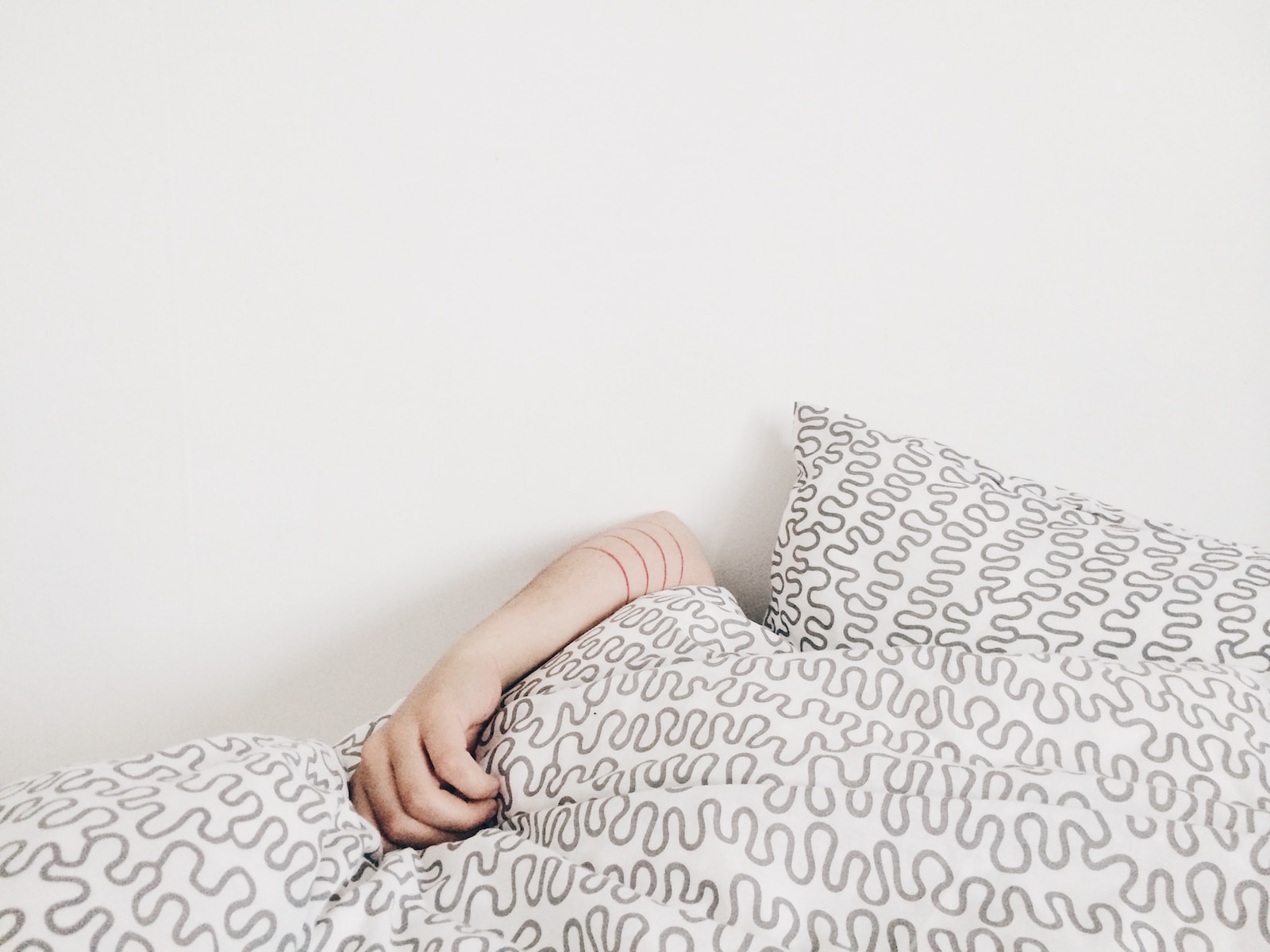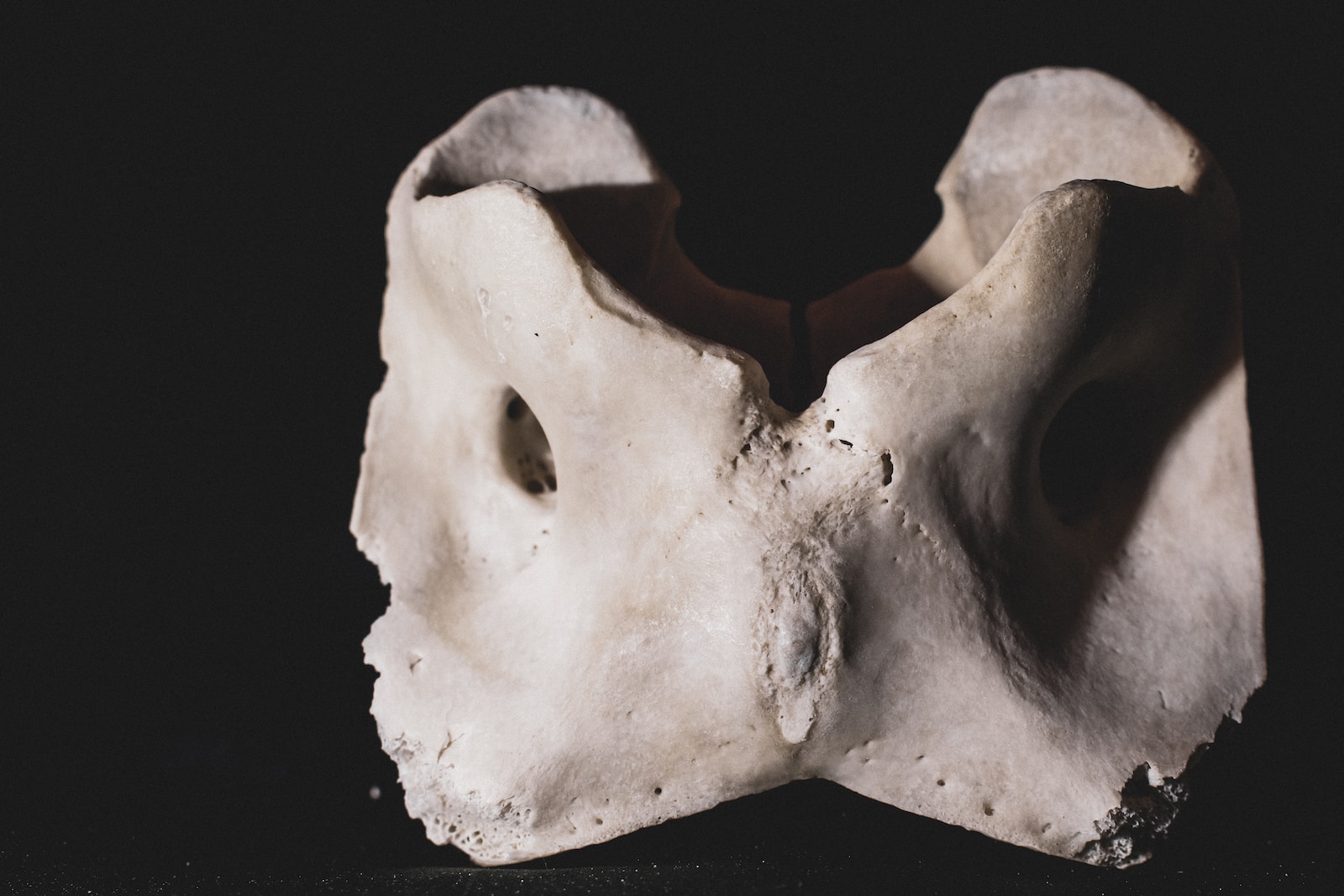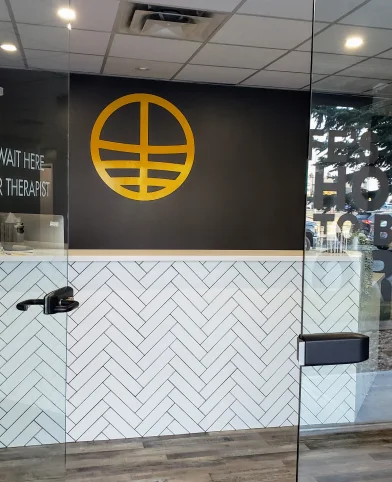Understanding the Tibia: A Guide for Active Lifestyles in Edmonton and Sherwood Park
For energetic individuals in the greater Edmonton and Sherwood Park areas, maintaining strong, healthy legs is a cornerstone of an active lifestyle. At the heart of your leg’s functionality is the tibia, or shinbone—an essential structure that supports your body weight, absorbs impact, and facilitates smooth, efficient movement. Whether you’re running along scenic trails, powering through an intense workout, or enjoying recreational sports, a deep understanding of the tibia’s anatomy and functions is vital to staying active and injury-free.
This comprehensive guide delves into everything you need to know about the tibia, including its structure, how it works in harmony with surrounding muscles and joints, and its role in dynamic movements. You’ll also find valuable insights on common tibia-related injuries, effective prevention strategies, and practical tips for maintaining its health and resilience. By prioritizing the care of this critical bone, you can continue to move with strength, confidence, and ease.
Anatomy of the Tibia: The Foundation of Leg Strength
The tibia bone is the larger and stronger of the two bones in the lower leg (the other being the fibula). It runs from the knee to the ankle, connecting with the femur at the knee joint and the talus at the ankle joint. Key features of the tibia include:
- Triangular Shape: The tibia’s shaft is triangular, providing strength and stability.
- Cortical Bone: This dense, compact bone forms the shaft, ensuring the tibia can support your body’s weight.
- Cancellous Bone: Located at the ends, this spongy bone absorbs shock during activities like running or jumping.
The tibia is the second longest bone in the body, making it integral to mobility and weight-bearing activities. Without a healthy tibia, everyday tasks like walking or standing would become challenging.
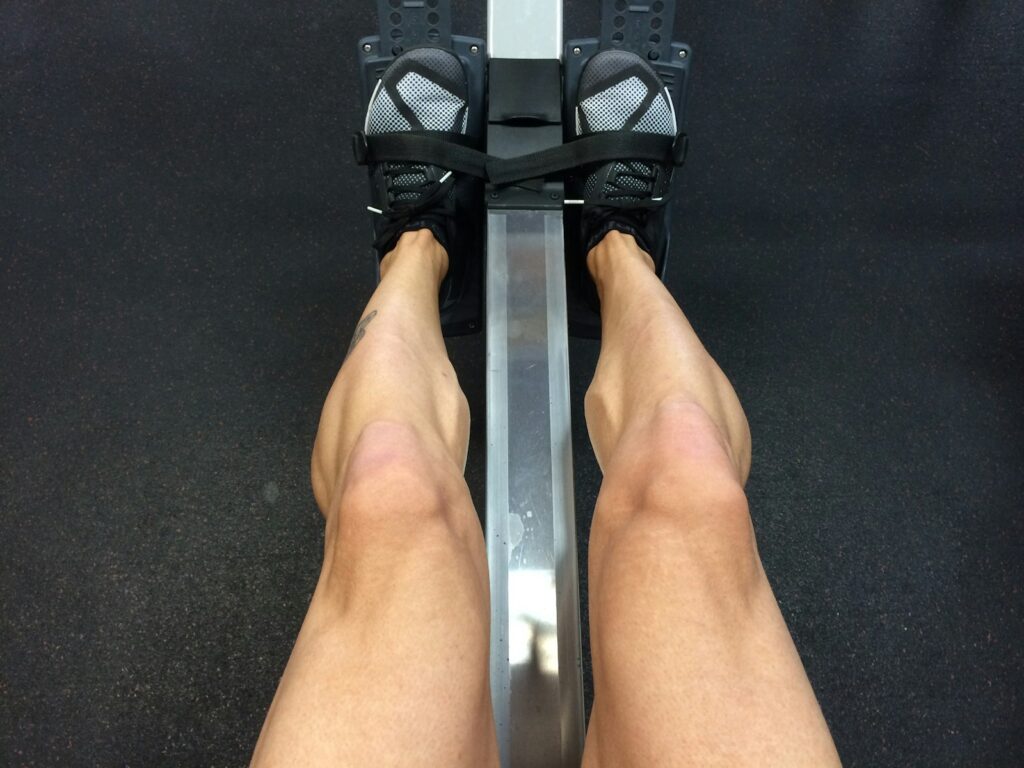
Functions of the Tibia: Supporting Your Active Life
The tibia’s primary role is to transfer body weight from the knee to the foot. This makes it crucial for movements like:
- Dorsiflexion and Plantarflexion: Bending the foot upward and downward.
- Inversion and Eversion: Rotating the foot inward and outward.
Every stride you take relies on the tibia’s ability to bear weight and coordinate with surrounding muscles and joints. For athletes, hikers, or even weekend warriors, keeping this bone in peak condition is essential.
Common Tibia Injuries: What to Watch For
Active ways of living can put stress on the tibia, leading to injuries or conditions. Here are the most common ones:
1. Tibia Fractures
Fractures often occur due to falls, accidents, or repetitive strain. Symptoms include pain, swelling, and difficulty walking.
2. Shin Splints
A common issue among runners, shin splints are caused by overuse, leading to inflammation of the tibia’s surrounding muscles and tendons.
3. Stress Fractures
Prolonged stress on the tibia can cause tiny cracks, often resulting from activities like running or jumping without adequate recovery.
4. Osgood-Schlatter Disease
This condition affects growing adolescents and involves pain and swelling at the tibia’s upper front area.
Tips to Maintain a Healthy Tibia for Active Individuals
Preventing injuries and maintaining tibia health is essential for staying energetic. Here are some tips:
- Wear Proper Footwear Choose shoes with ample cushioning and support to reduce stress on the tibia and other leg bones.
- Warm Up Properly Always warm up before engaging in physical activities to prepare your muscles and joints.
- Strength and Conditioning Incorporate exercises targeting the lower leg muscles, like calf raises and leg presses, to support the tibia.
- Gradual Progression Avoid overloading your workouts. Increase intensity and duration gradually to prevent overuse injuries.
- Listen to Your Body If you experience pain or discomfort in your tibia, consult a professional promptly to avoid worsening the issue.
For persistent pain, consider therapeutic massage or sports massage to relieve tension and promote recovery.
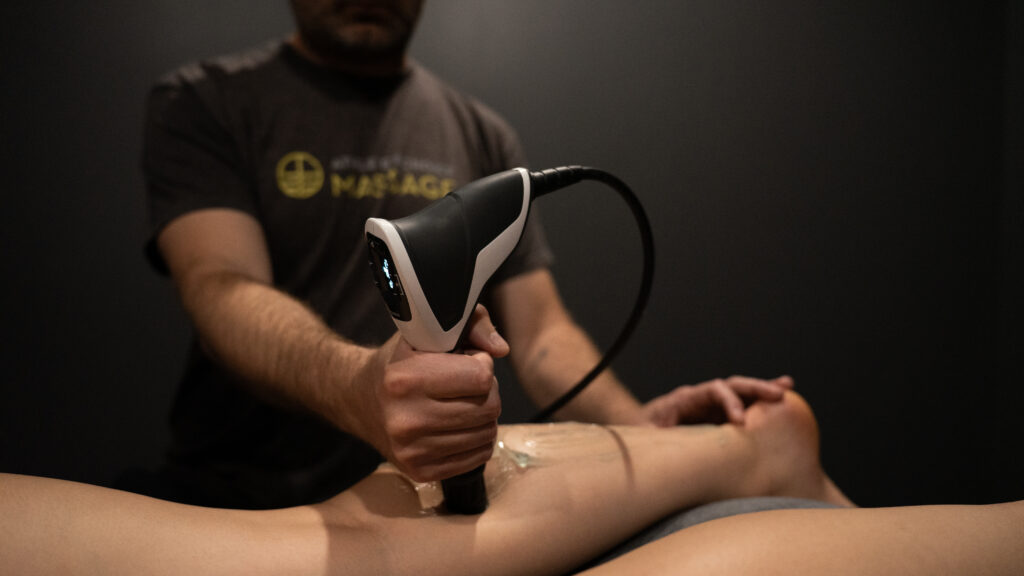
Keeping Active in Edmonton and Sherwood Park
Whether you’re training at a gym or exploring local trails, staying proactive about your tibia health is crucial. Athlete’s Choice Massage offers specialized services like manual osteopathy and shockwave therapy to support your energetic lifestyle.
Visit their Sherwood Park location for expert care tailored to your needs.
Building Resilient Legs for an Active Lifestyle
strong tibia forms the foundation for all your athletic pursuits, playing a vital role in supporting your body weight, absorbing impact, and enabling movement. Understanding its anatomy is key to recognizing how it interacts with surrounding muscles, joints, and ligaments to keep you agile and stable during physical activities. Preventing injuries starts with proactive care—this includes strengthening exercises, proper footwear, and warm-up routines that protect your tibia from undue stress.
If injuries or discomfort arise, seeking timely care is crucial to avoid long-term complications. Locally, services like therapeutic and sports massage can aid in reducing muscle tension, promoting circulation, and accelerating recovery, helping you maintain optimal tibia health and performance. Pairing these treatments with professional guidance ensures your legs stay strong, resilient, and ready to meet any challenge head-on.

